When monitoring a large IT infrastructure, there are multiple aspects you need to keep under control. Doing things manually and relying on people to ensure the infrastructure reliability can be a wrong decision and mislead you when resolving issues or troubleshooting problems. All these complexities faced while managing a large ecosystem can seem hard to overcome, but in reality, they can be handled. If system administrators have the data required, they can use it proactively to make quick informed decisions.
Here, we mention top 5 IT monitoring challenges of complex infrastructures, along with their solutions. Regardless of the size of an environment, the main rules of monitoring are the same. However, as larger systems become more complex, they bring additional challenges and need more comprehensive monitoring software, to make your work easier.
1. Multiple Monitoring Tools
Large IT infrastructures tend to consist of devices that are from a multiple vendors. They also have different types of systems, each having their own IT monitoring tools. It is not uncommon for an enterprise to have more than 10 IT solutions for various purposes such as monitoring network performance, storage, databases, applications, and devices.
Moreover, with multiple monitoring tools striving to give a single view of the network, many fail to do so. Unless you have dedicated, skilled staff that can deploy and handle multiple tools, it is likely that you will end up getting many “false-positive” alarms. Monitoring complex infrastructures requires a skillset which many IT personnel don’t have.
Using a single, all-in-one monitoring tool can help with easy management of alerts and implementing checks and balances. It allows us to focus on only those metrics and systems of critical IT systems being managed. This helps to avoid false-positives and allows the IT department to quickly restore the network back to its optimal performance level.
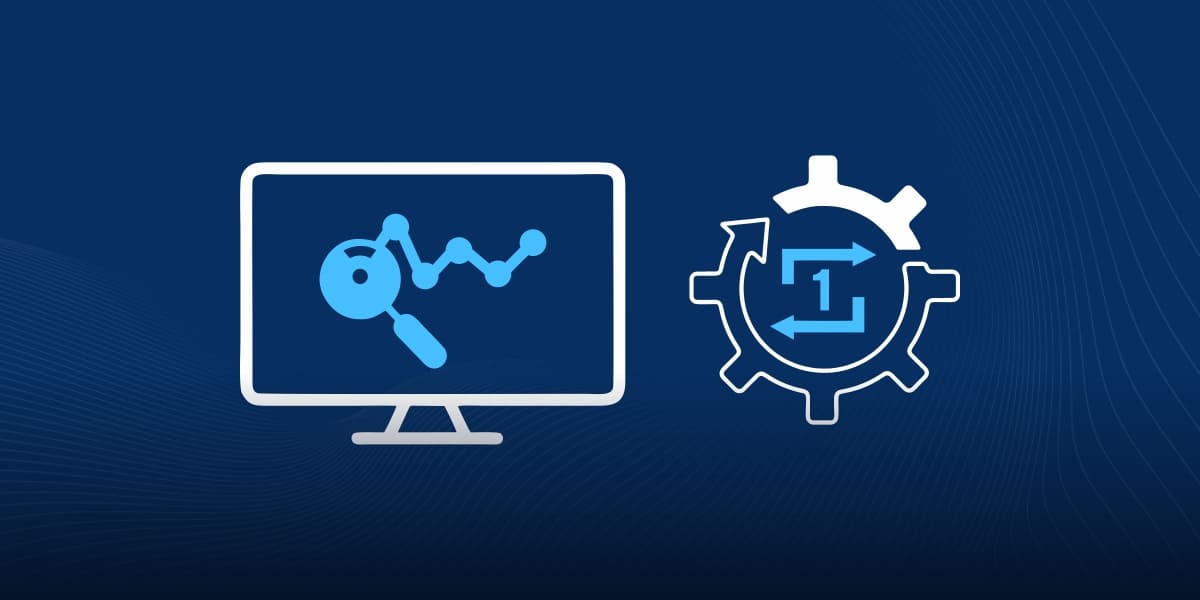 2. Monitoring Beyond IT
2. Monitoring Beyond IT
IT environments dealing with specialized fields have their specific requirements. For instance, automotive, healthcare facilities, or educational facilities all have their specific device types, protocols, challenges and systems. In the past these were usually completely separate from conventional IT infrastructures such as medical equipment in healthcare or operational technology in the industrial sector.
But with digitalization, everything is now integrated and these areas overlap more or less. In other words, this means that with time, more and more devices are added to IT infrastructures but do not fall under the definition of conventional IT systems. However, these devices also need to be monitored.
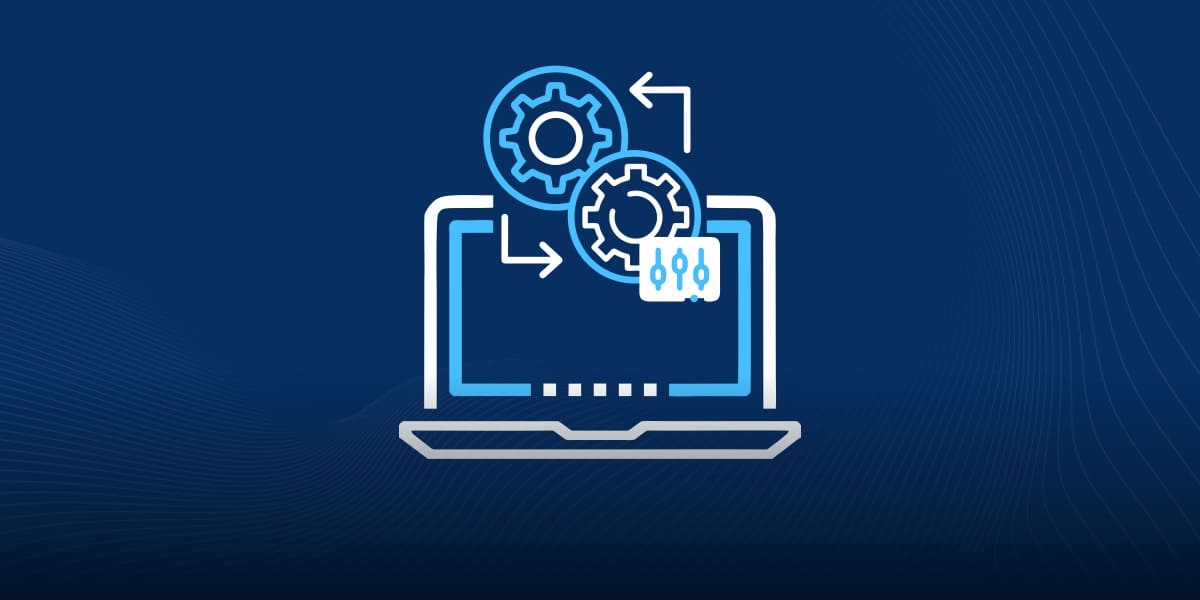 3. Reporting Problem
3. Reporting Problem
Large enterprises, especially the ones with high-growth industries, need to have advanced reporting capability for providing a deeper and broader view of network performance. Metrics and KPIs forming the basis for Service Level Agreements should be tracked regularly in order to identify trends and allow for analysis.
This analysis is important to give a true depiction of their network’s performance, health, and growth over a time period. These trends can be reported by a monitoring tool. It can also provide a detailed analysis to develop a clear understanding of the entire enterprise network, regardless of how geographically diverse or large it is.
Moreover, when using a variety of protocols, monitoring tools, devices, and infrastructure spread over different locations, it becomes very complex to have an overview of entire IT processes. With specialized IT such as industrial or healthcare, one may have many dashboards and reports in multiple locations with huge data. Consolidating this data requires overview reports.
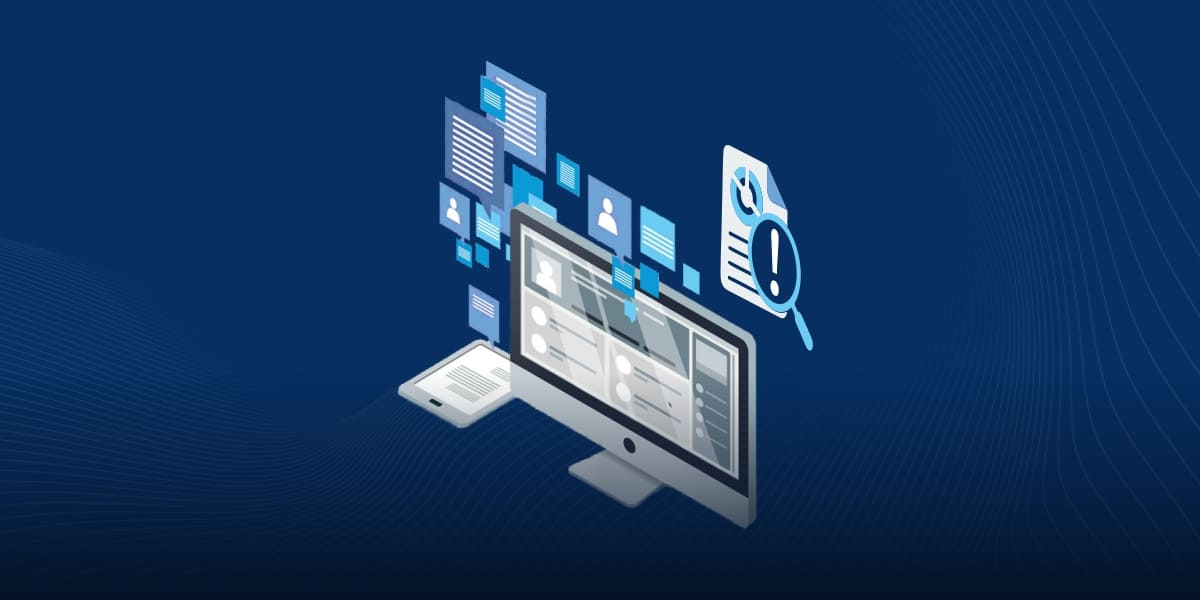 4. Lack of Efficient Data Storage Architectures
4. Lack of Efficient Data Storage Architectures
Cloud computing is now adopted by a majority of infrastructures in modern IT systems. Although it is a scalable and cost-effective alternative of storing data for IT professionals, it doesn’t have a storage architecture suitable to accommodate a large number of applications. We need IT solutions that are flexible in cloud storage choices.
They need to be more flexible and efficient to improve existing IT infrastructures. Cloud storage architecture should be easily optimizable according to the applications that are being deployed. It should be more efficient, reliable and must have the ability to handle a variety of needs and applications of the users.
Just like advancement in other technologies, cloud storage infrastructure also needs to provide advanced options that can serve long term needs of enterprises. Moreover, it should also have archival properties for data retrieval. Cloud data should not remain as a short-term solution of the IT community.
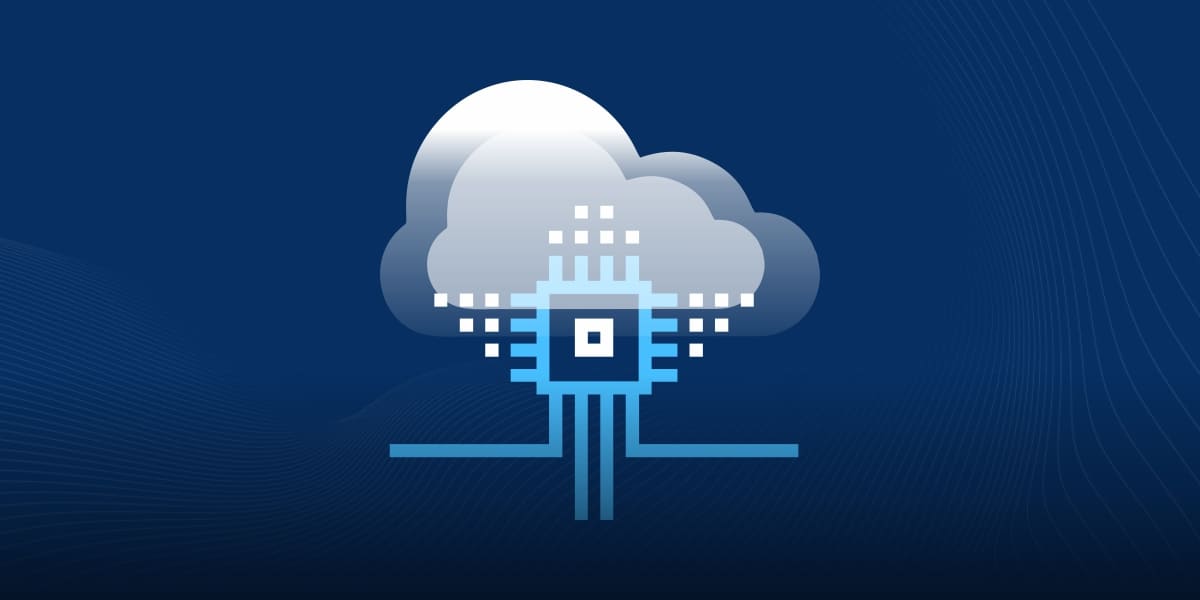 5. Improper Networks and Connectivity
5. Improper Networks and Connectivity
IT infrastructures and devices in large enterprises are usually spread over a number of different geographical locations. Enterprises can manage their networks in a number of ways. Depending upon this management, they can be either semi-independent networks, isolated networks, or linked together in a large interconnected network.
With different network architectures, the real challenge lies in managing their connectivity. Does an enterprise monitor every “sub” network alone and separately or if not, how do they do it collectively? It is also important to know how you can get the overview of your complete infrastructure’s health.
For enterprises to work seamlessly, they must have a reliable network in place. In the absence of reliable network connectivity, IT infrastructure monitoring can become a tedious task for IT managers in the organization. To optimize the data, it is important to have new network architecture designs and software-based methods.
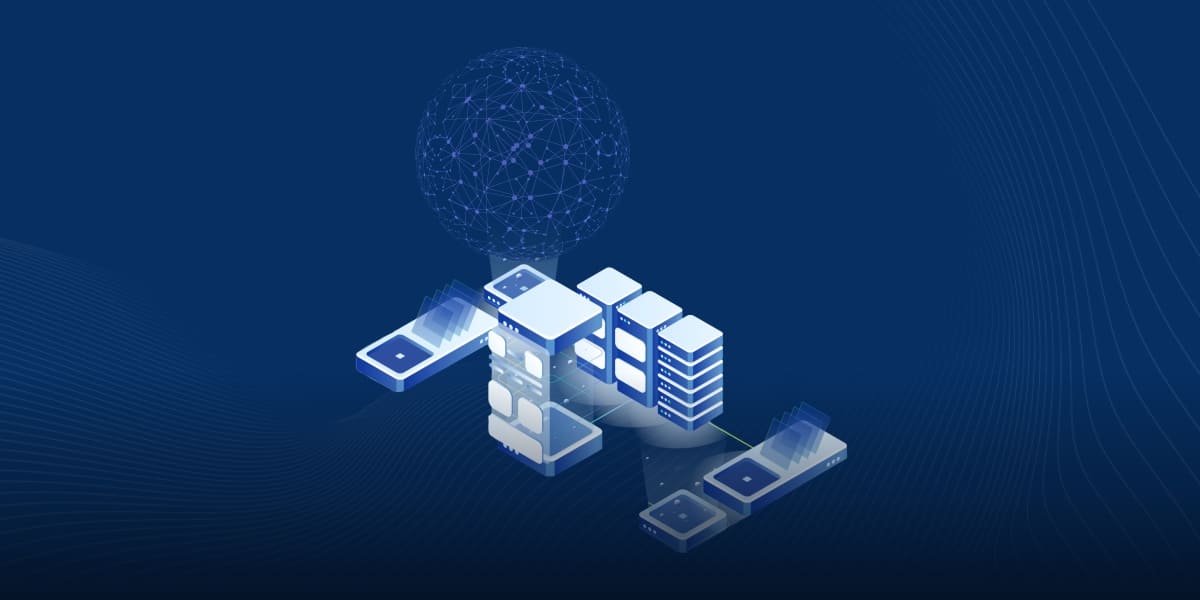 A good solution can be to migrate IP addresses to allow for application services to get migrated to any other hardware. Or, the challenge can also be overcome by adding intelligence to WiFi and wired connections. This will allow networks to optimize the delivery of traffic, and in turn improve the service while cutting costs.
A good solution can be to migrate IP addresses to allow for application services to get migrated to any other hardware. Or, the challenge can also be overcome by adding intelligence to WiFi and wired connections. This will allow networks to optimize the delivery of traffic, and in turn improve the service while cutting costs.
How IT Monitoring Tools can Help?
By performing IT infrastructure monitoring using monitoring tools, you can empower yourself with information, get alerts when a problem is discovered, and be at peace that all the systems are working smoothly. A powerful tool is required to perform monitoring for on-premise, cloud, and hybrid services.
VirtualMetric provides infrastructure monitoring tools that are developed while keeping our clients specialized requirements in mind. To find out more about how we can provide a scalable and flexible IT performance monitoring solution to address all issues of your growing organization, contact us now or get a free trial.

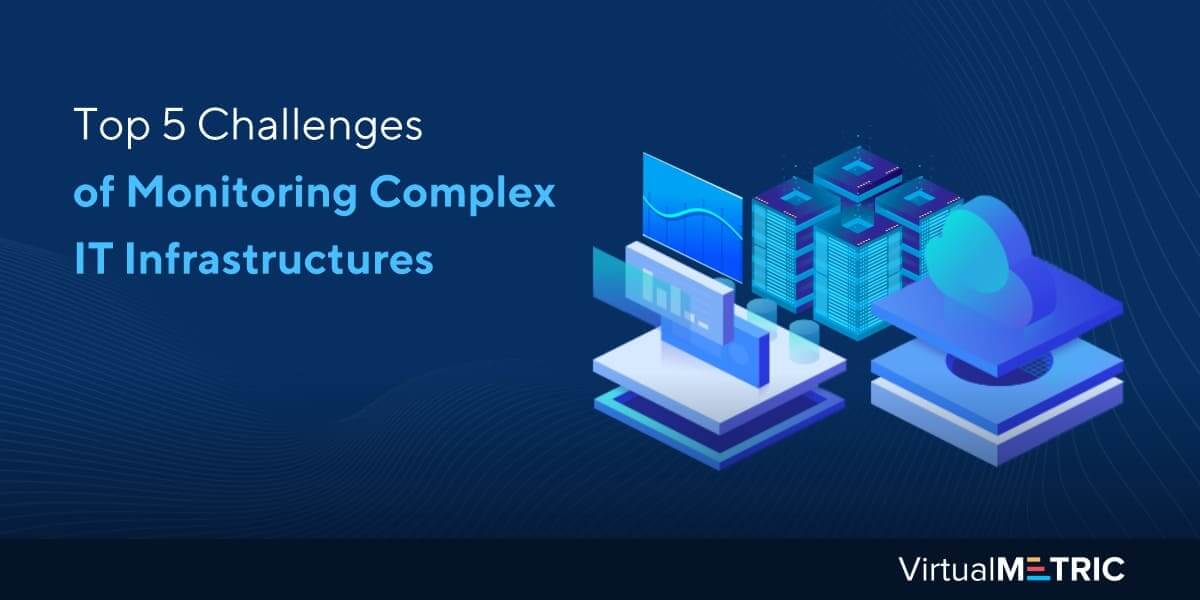
Leave a Reply